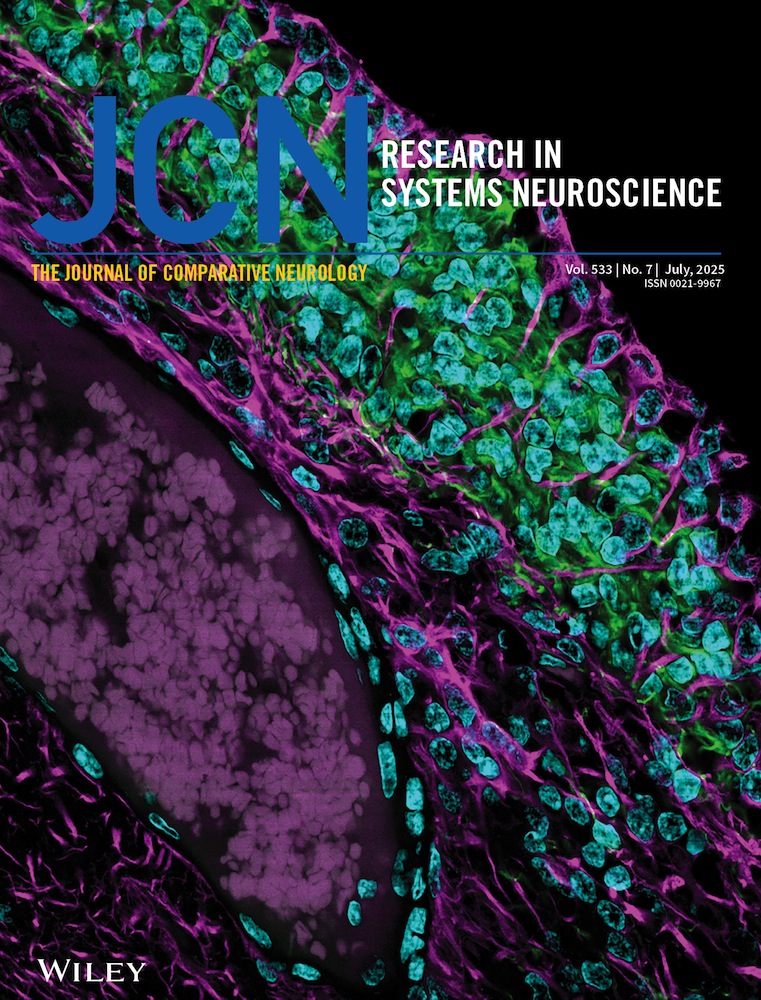The organization of the pudendal nerve in the male and female rat
Abstract
Mature male and female Sprague-Dawley rats were used in this study to compare the organization of the pudendal nerve in the two sexes. Experiments included (1) incubating the cut pudendal nerve in diamidino-2-phenylindole HCl (DAPI), fast blue (FB), or horseradish peroxidase (HRP) and (2) injecting individual perineal muscles with these substances. In both sexes, incubation of the pudendal nerve labelled two motoneuron nuclei in the L5-L6 segments of the spinal cord. These nuclei are the dorsomedial (DM) and dorsolateral (DL) cell columns described by Schrϕder (J. Comp. Neurol. 192:567–587, 1980). In agreement with previous studies, there were significantly more neurons in both nuclei in the male than in the female and the neurons were larger in the male. In both sexes, the DL and DM nuclei were characterized by a longitudinal dendritic structure. The DM nucleus also had numerous dendritic bundles extending across the midline, linking the DM nuclei bilaterally.
Pudendal nerve afferent neurons were located in the L6 and S1 dorsal root ganglia. In the male, the afferent neurons were larger and more numerous. In both sexes, labelled pudendal afferent fibers in the spinal cord were located in the dorsal columns, the medial half of Lissauer's tract, the extreme medial edge of the dorsal horn, both ipsilaterally and contralaterally, and in a large terminal field in the dorsal gray commissure. No labelled afferents were seen in the intermediate or ventral gray.
Perineal muscle injections established that there was no difference between males and females in the number of motoneurons innervating the external anal or urethral sphincters. In the female, urethral sphincter motoneurons accounted for almost all the DL motoneurons, and anal sphincter motoneurons accounted for almost all the DM motoneurons. The ischiocavernosus and bulbospongiosus muscles are vestigial in the female rat. In the male, neurons innervating the anal sphincter and bulbospongiosus muscles were intermingled in the DM nucleus. In contrast, in the DL nucleus, the urethral sphincter neurons were located in the lateral portion of the nucleus and the ischiocavernosus neurons were located in the medial portion.




